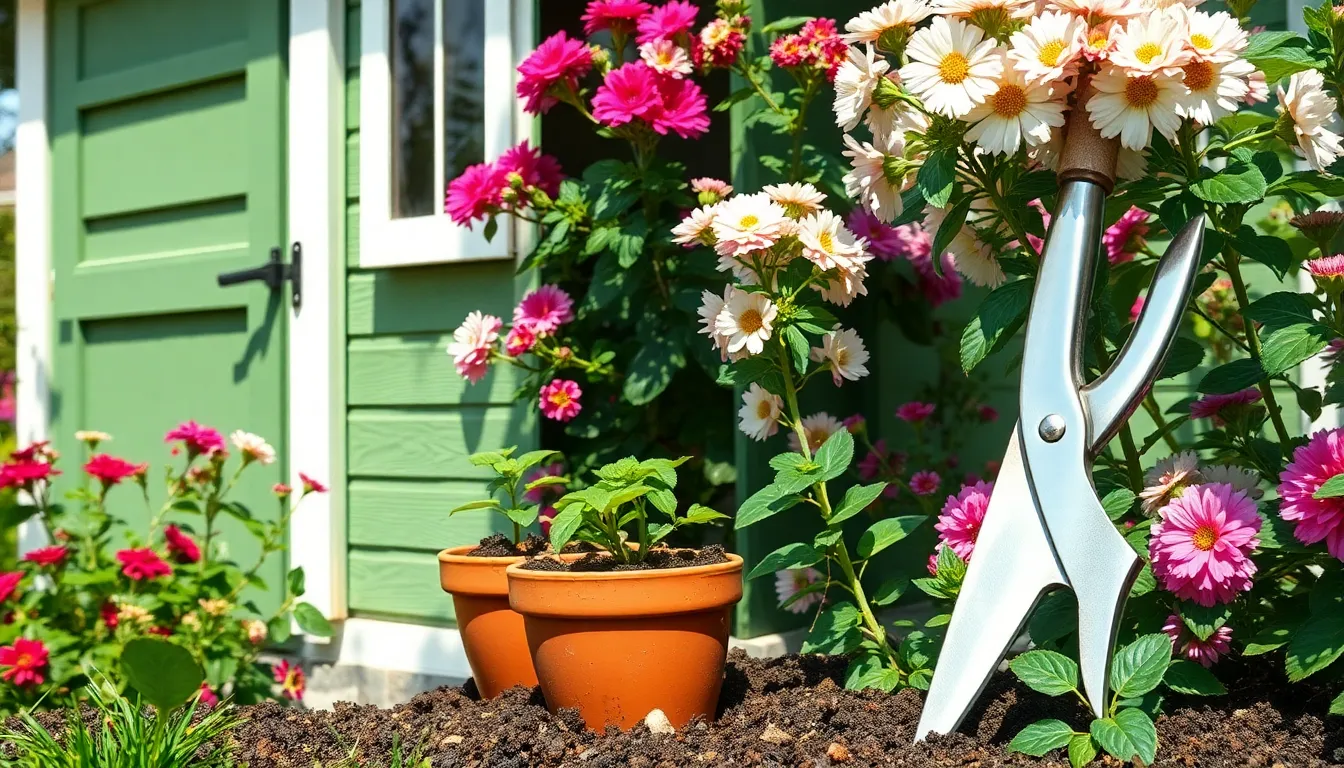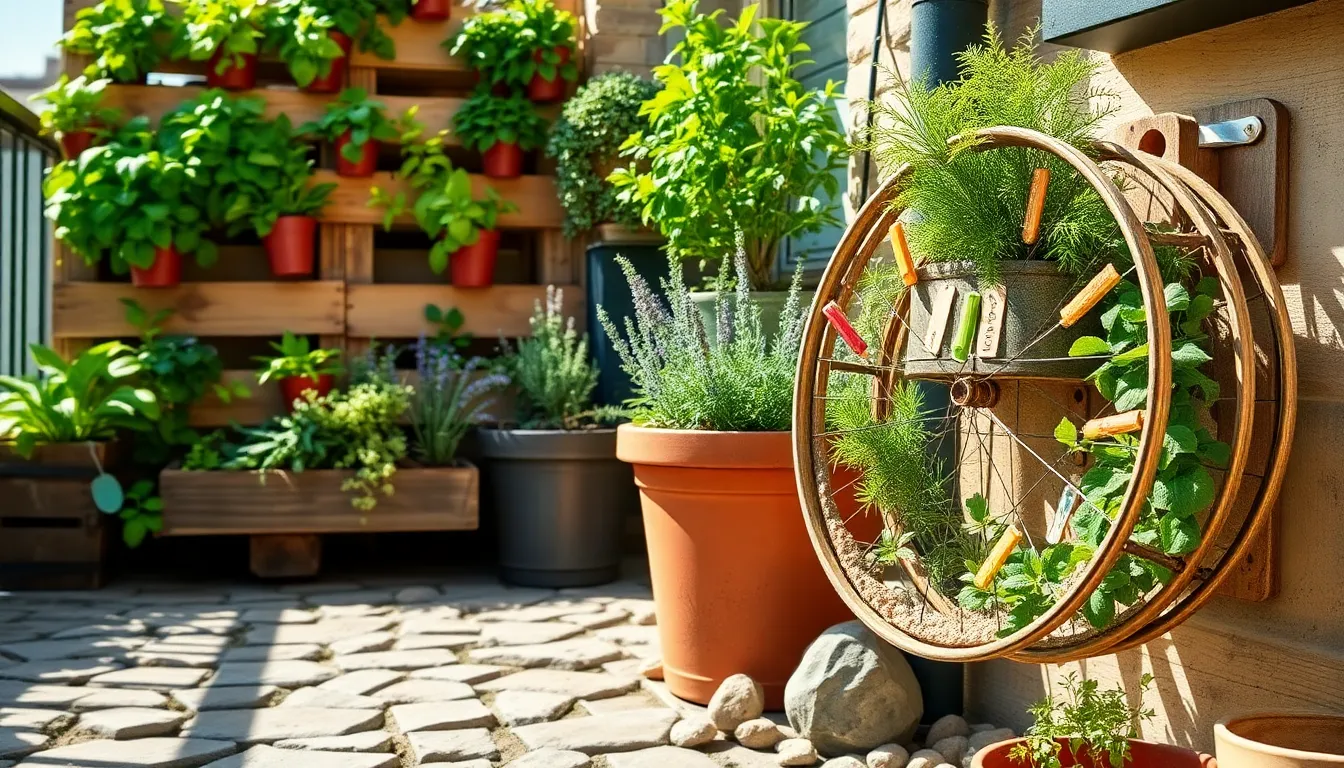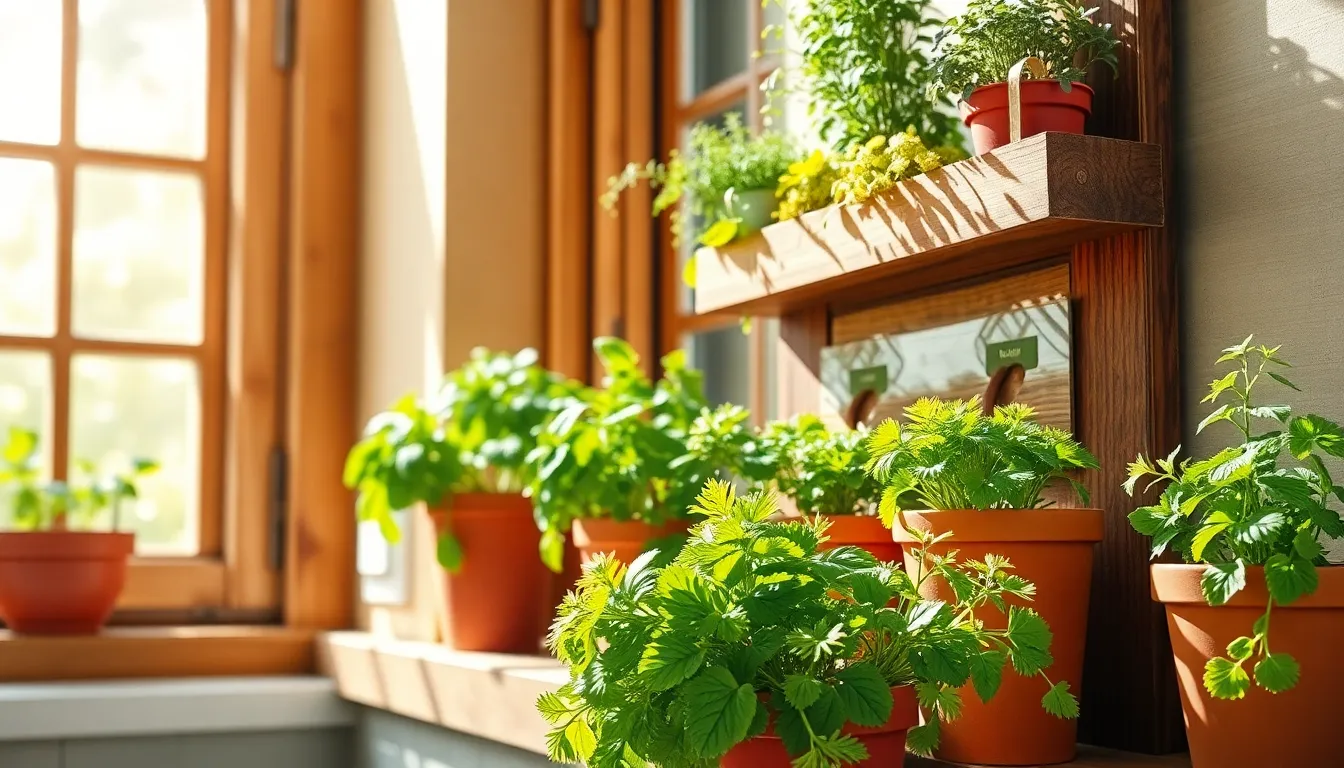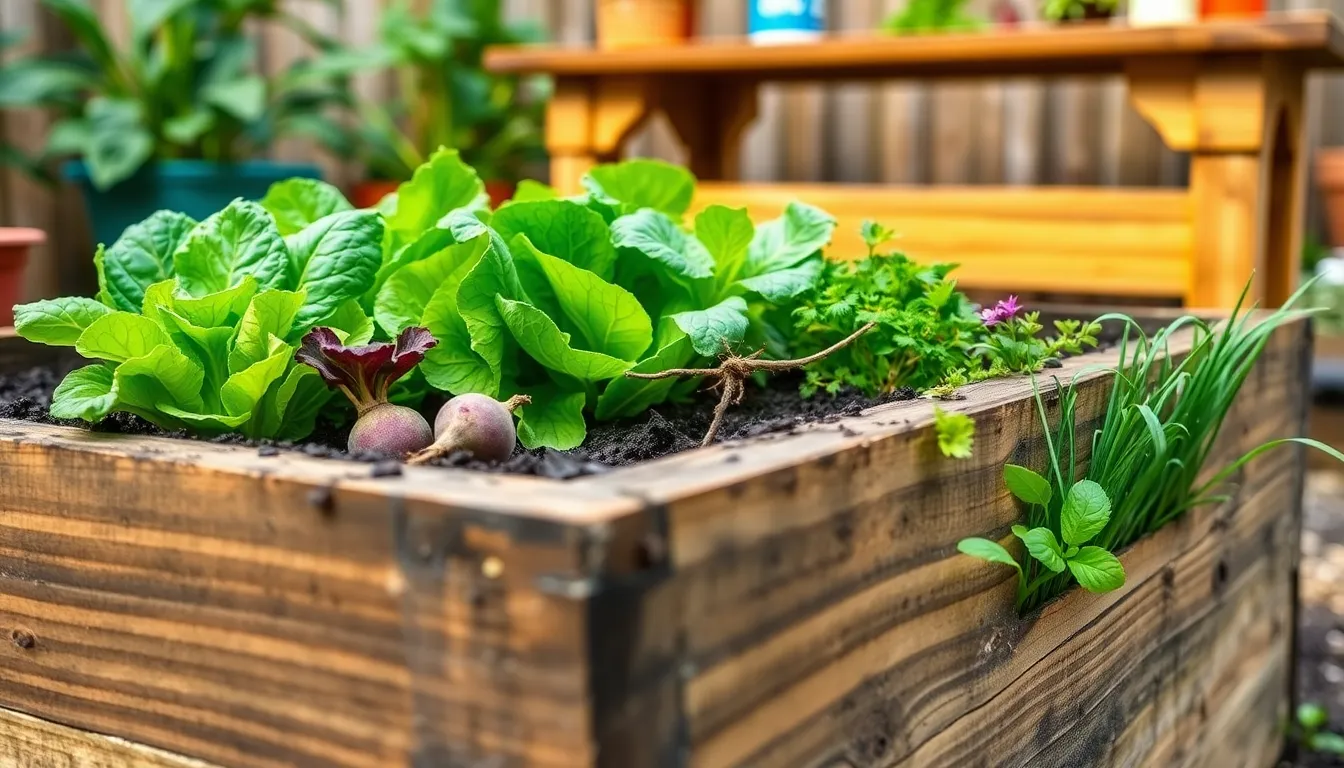Whether you’re a budding green thumb or a seasoned gardener with years of experience, the tools you choose can make all the difference in your gardening journey. Just as a chef relies on sharp knives and quality pans, every gardener needs reliable tools to cultivate their personal patch of paradise.
In this article, we will explore the seven essential garden tools that every gardener should have in their arsenal. You’ll discover why each tool is indispensable and how it can help you nurture your plants and flowers to their fullest potential.
From the perfect pair of pruners to a trustworthy trowel, we’ll guide you through the must-haves that simplify your gardening tasks and elevate your skills. By the end of this piece, you’ll be equipped with the knowledge to select tools that not only enhance your garden’s beauty but also make the experience more enjoyable and efficient.
Choosing the Perfect Hand Trowel
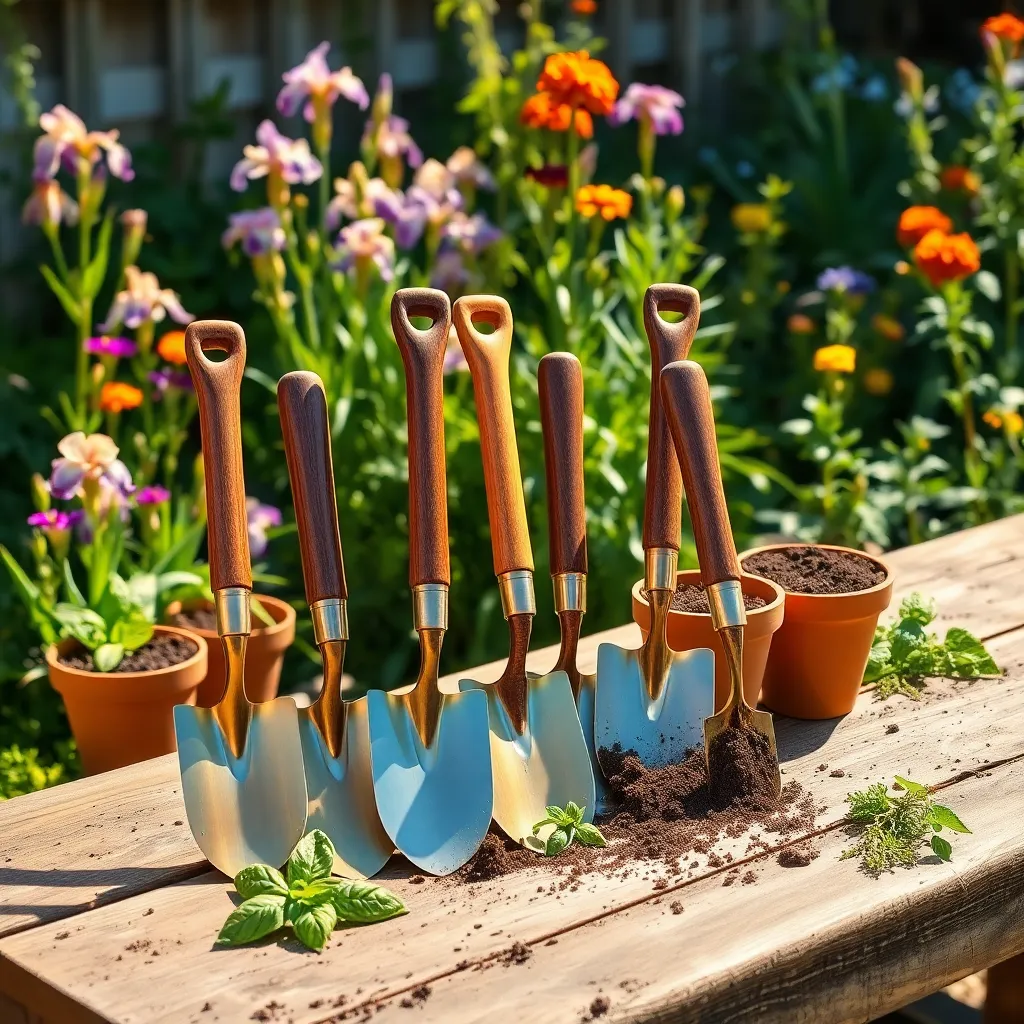
When selecting a hand trowel, consider the material of the blade, as it greatly affects durability and performance. Stainless steel blades are rust-resistant and sturdy, making them an excellent choice for most gardeners.
Ergonomics play a crucial role in preventing hand fatigue, especially during longer gardening sessions. Look for trowels with comfortable grips, such as those made from rubber or padded materials, to ensure ease of use.
For those dealing with heavy or clay soil, a trowel with a narrower blade can penetrate more easily and reduce strain. This design helps you work efficiently, allowing you to dig and plant with less effort.
Advanced gardeners may want to invest in a trowel with measurement markings on the blade, which aids in planting bulbs and seedlings at the correct depth. This feature is particularly useful for precision tasks and improving planting success rates.
Durable Pruning Shears for Precision
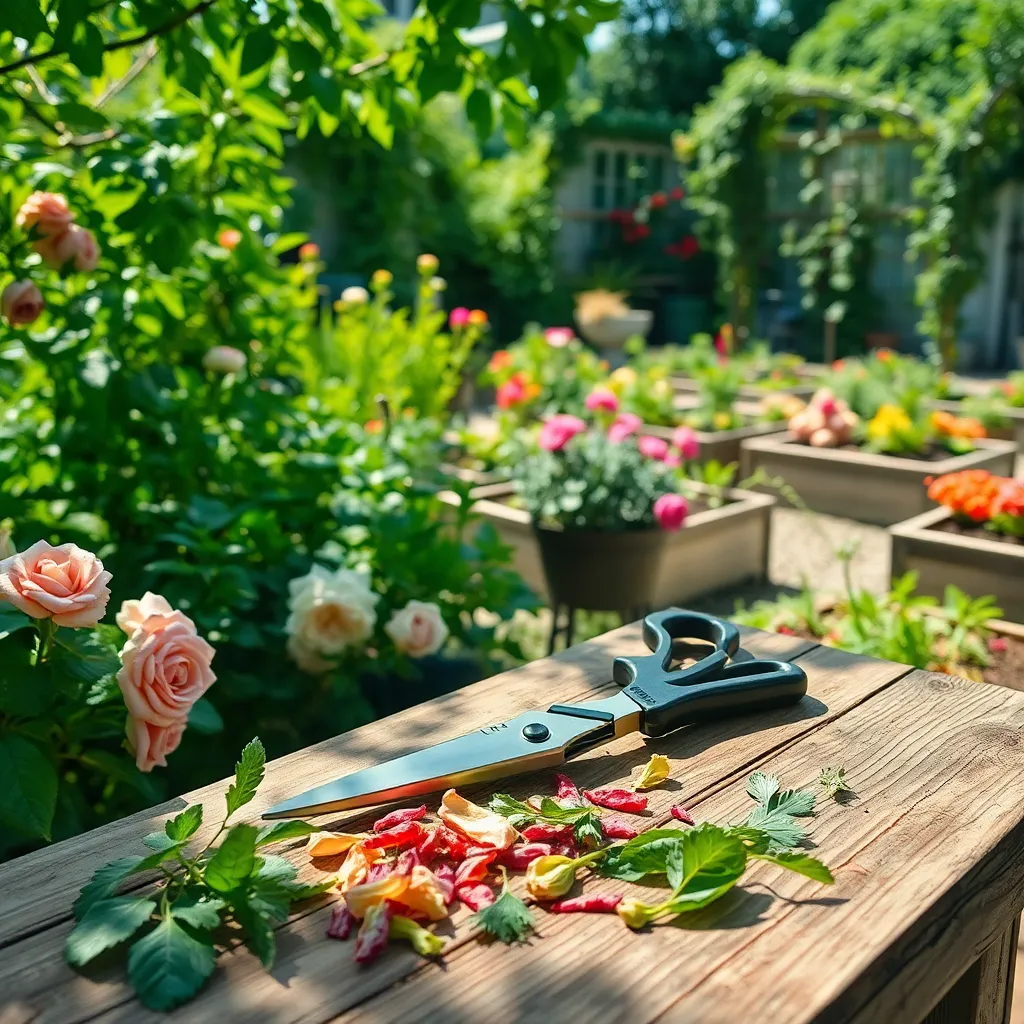
Pruning shears are an essential tool for any gardener aiming for precision in plant care. These shears allow you to make clean cuts, which are vital for the health of your plants as they minimize damage and reduce the risk of disease.
When selecting pruning shears, focus on durability and comfort to ensure long-term use. Look for shears with stainless steel blades as they resist rust and maintain sharpness, while ergonomic handles reduce hand fatigue.
To achieve the best results, use pruning shears to remove dead or diseased branches regularly, promoting healthy growth. For beginners, it’s a good practice to prune during the dormant season, typically late winter, to encourage a robust spring flourish.
Experienced gardeners might employ shears for more advanced techniques like deadheading flowers to extend the blooming period. Consider bypass shears for live branches and anvil shears for dry or dead wood for optimal efficiency and plant health.
Versatile Garden Hoe for Weeding
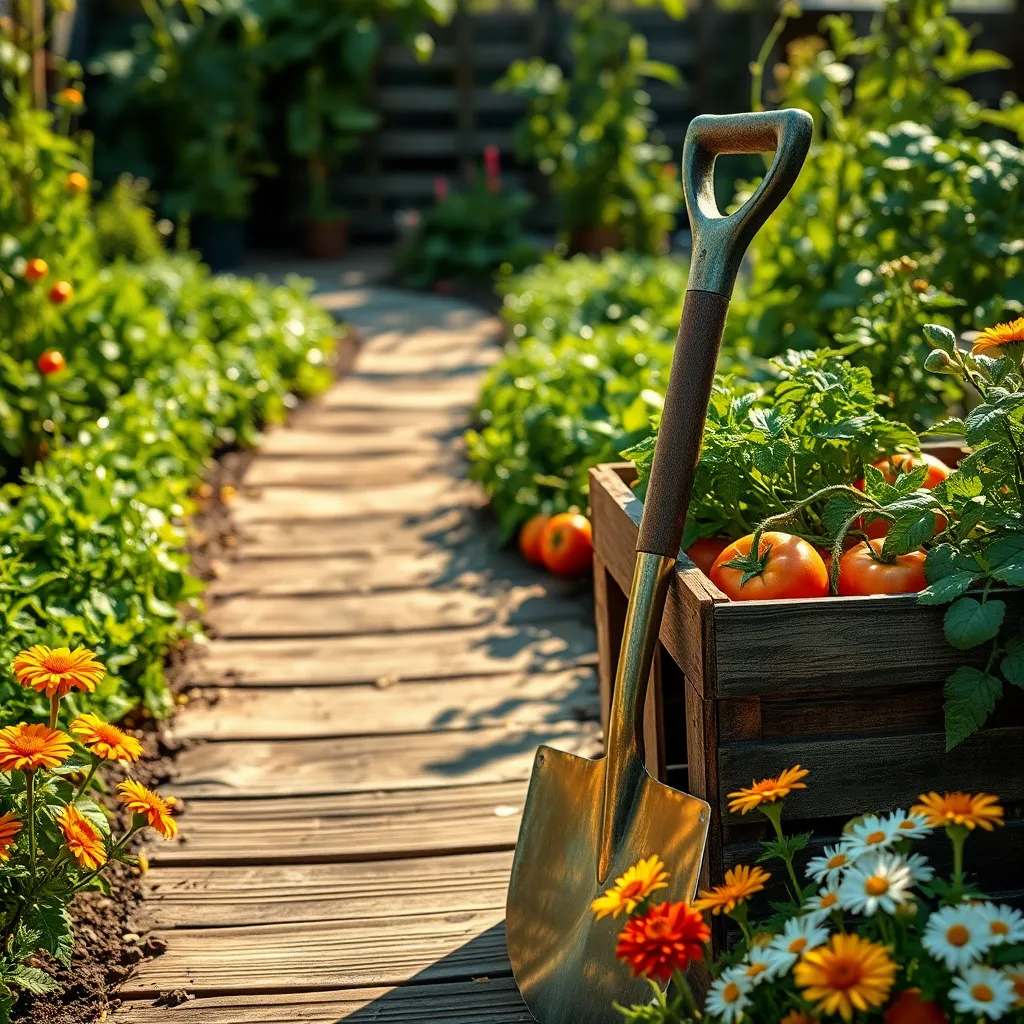
A versatile garden hoe is an essential tool for keeping your garden free of weeds. Its design allows you to effortlessly slice through the soil, cutting weeds at the root level and preventing regrowth.
When selecting a hoe, consider one with a sharp, flat blade to make quick work of weedy areas. Look for a hoe with a comfortable handle that suits your height, reducing strain during extended use.
For the best results, use your hoe in the early morning when the soil is moist but not soaked. This makes it easier to cut through the soil and remove weeds entirely.
More advanced gardeners can benefit from choosing specialized hoes, such as the stirrup hoe, which works well for cultivating larger areas. Regular hoeing can also help aerate the soil, promoting healthy plant growth by allowing better water and nutrient absorption.
Reliable Gardening Gloves for Protection
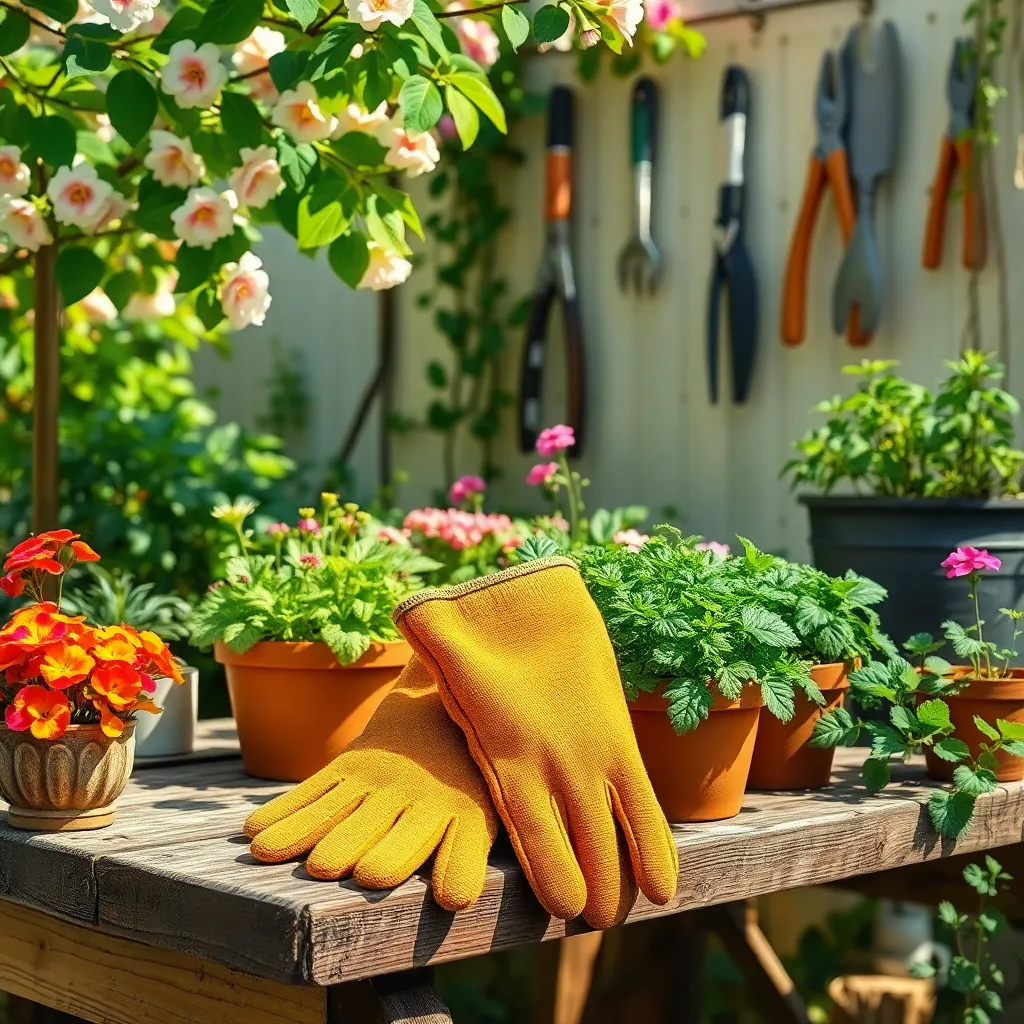
Reliable gardening gloves are essential for protecting your hands while working with soil, plants, and garden tools. They shield your skin from cuts, blisters, and harmful chemicals, making gardening more enjoyable and safe.
When selecting gardening gloves, consider the material that best suits your needs. Leather gloves offer excellent protection and durability, while rubber or nitrile-coated gloves provide a waterproof barrier and are perfect for wet conditions.
For delicate tasks like planting seeds or handling young seedlings, opt for gloves with a snug fit and flexibility. This allows for better dexterity and control, ensuring you won’t damage tender plants while working in your garden.
Advanced gardeners should keep multiple pairs of gloves for different tasks, such as a pair specifically for pruning rose bushes with thorn protection. Regularly cleaning and storing your gloves properly will extend their lifespan, ensuring they remain a reliable tool in your gardening arsenal.
Efficient Watering Can Options
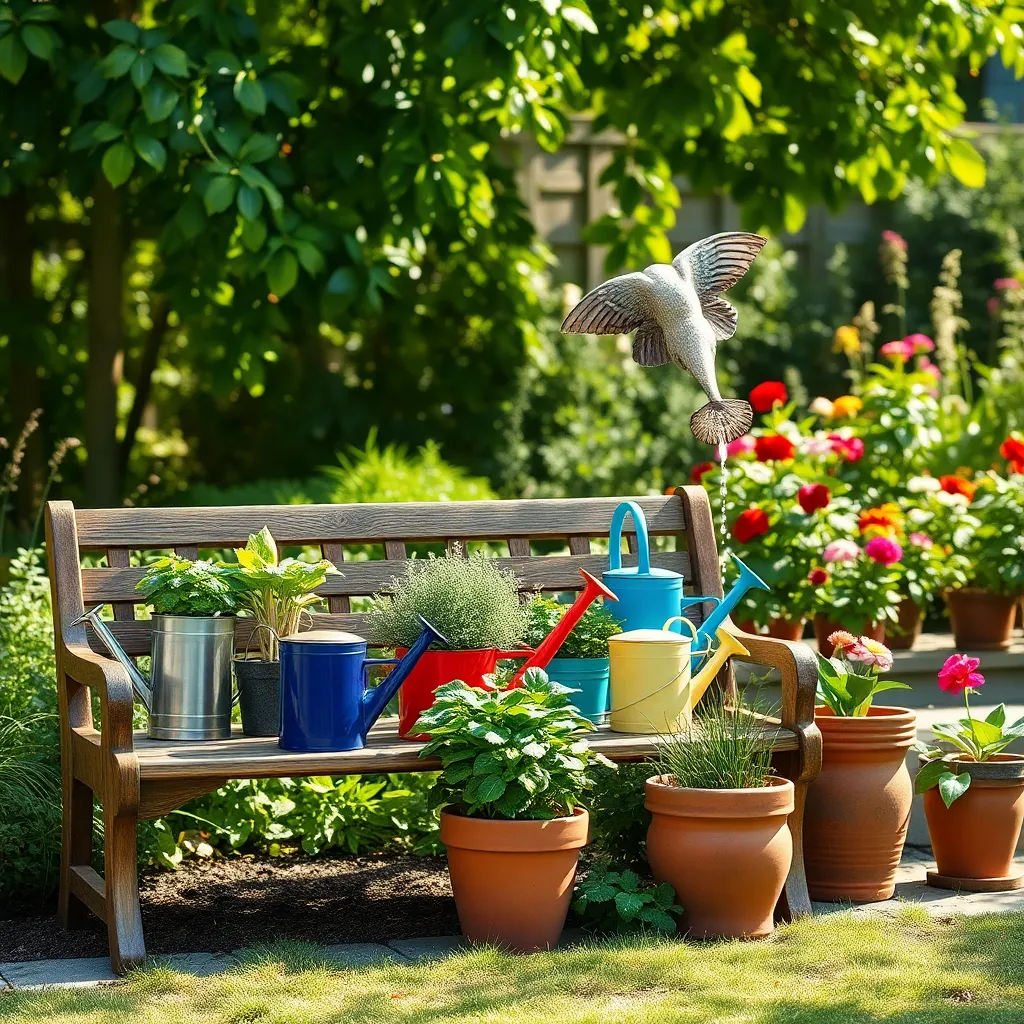
One of the most essential tools for any gardener is a reliable watering can. Choosing the right watering can can make a significant difference in how efficiently you water your plants, whether you’re tending to a small indoor garden or a sprawling outdoor landscape.
A good watering can should be both lightweight and durable, allowing for easy handling and long-lasting use. Look for options with a removable rose attachment, which allows you to control the flow of water and provides gentle irrigation for delicate plants.
For beginners, a plastic watering can with a capacity of around 1 to 2 gallons is often sufficient for daily tasks. More experienced gardeners might prefer metal cans for their durability, especially when dealing with larger gardens where frequent refills could become tiresome.
Consider the type of plants you’re growing when selecting a watering can. Succulents and cacti prefer less frequent watering, so a can with a narrow spout is ideal for delivering precise amounts directly to the soil. In contrast, leafy vegetables and flowers thrive with more consistent moisture, benefiting from a broader spout or rose attachment that simulates gentle rain.
Essential Rake for Soil Management
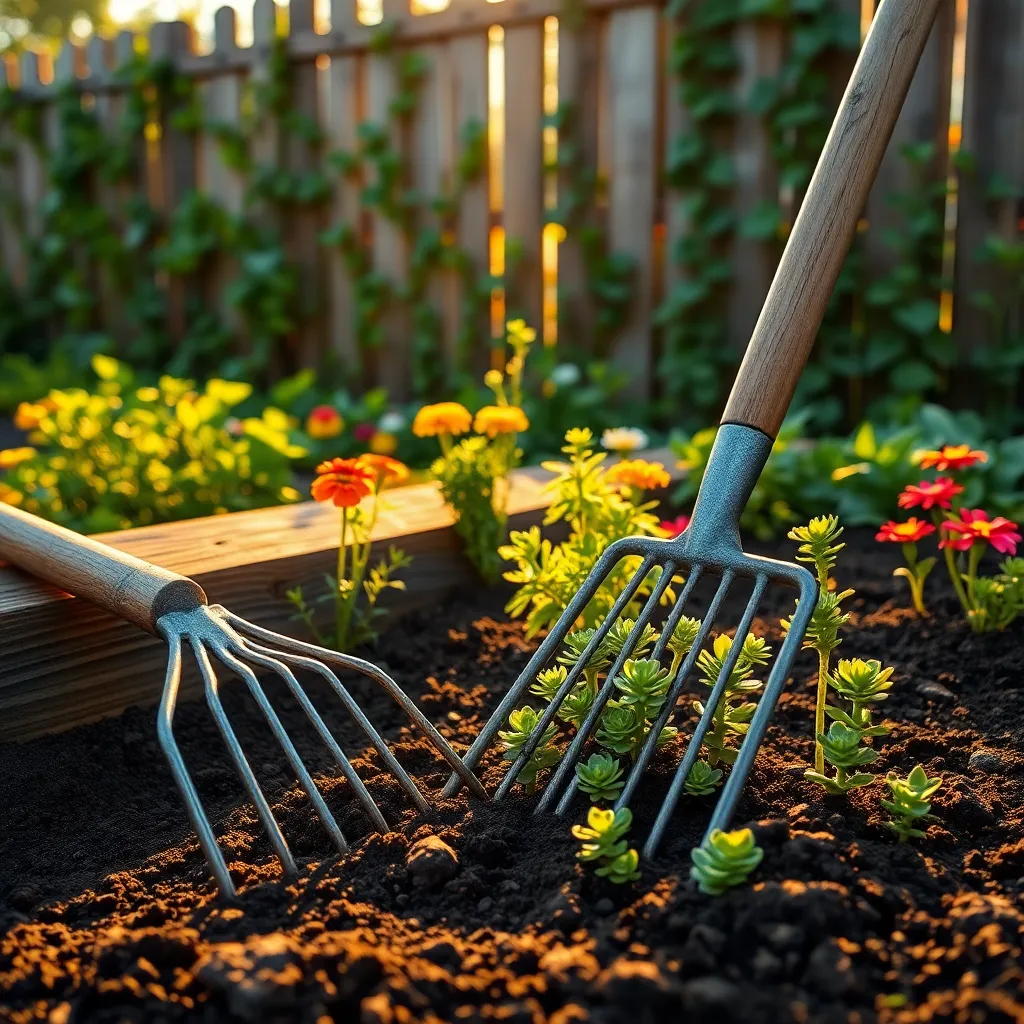
A rake is a versatile and essential tool for any gardener aiming to manage their soil effectively. It helps to loosen, level, and aerate the soil, creating an ideal environment for planting activities.
When choosing a rake, consider the type of soil in your garden. For heavy clay soils, a rake with strong, wide tines is essential to break up compacted earth effectively.
Beginner gardeners should start with a basic garden rake, as it is suitable for multiple tasks such as spreading mulch or collecting leaves. More experienced gardeners might want to invest in a bow rake, which offers greater durability and control, especially when working with larger areas.
To ensure optimal soil health, regularly rake your garden to remove debris and promote aeration. This process helps prevent soil compaction and supports better water infiltration, which is crucial for healthy plant growth.
For advanced soil management, consider using the rake to incorporate organic matter like compost into the top layers of your soil. This will enrich the soil with nutrients, improving plant resilience and productivity.
Sturdy Wheelbarrow for Easy Transport
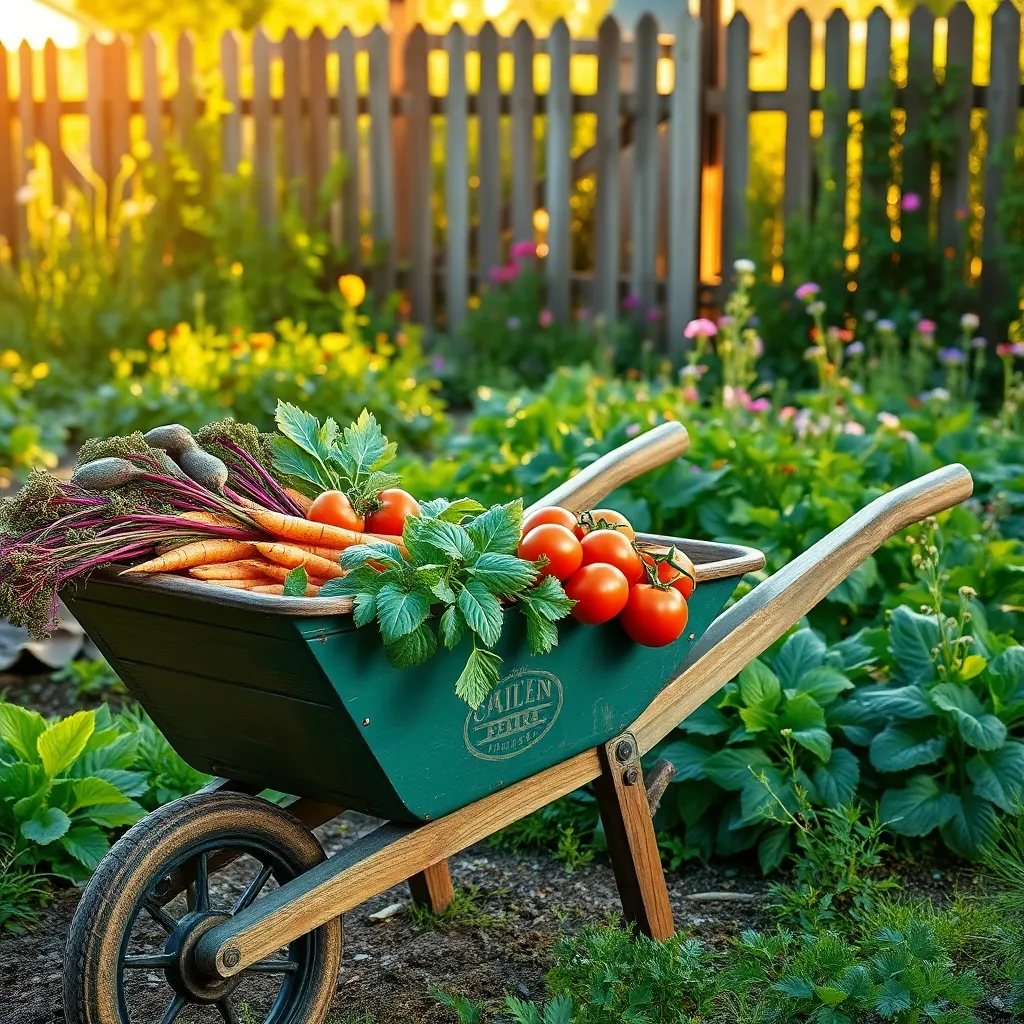
A sturdy wheelbarrow is an indispensable tool for any gardener, simplifying the task of moving soil, plants, and tools around your garden. Whether you’re transporting heavy bags of mulch or a collection of delicate seedlings, a well-built wheelbarrow saves you time and effort.
Choose a wheelbarrow with a durable metal or heavy-duty plastic tray to ensure longevity and ease of cleaning. Opt for a model with a single pneumatic wheel if you need maneuverability in tight spaces, or a dual-wheel design for added stability on uneven terrain.
It’s wise to consider the wheelbarrow’s weight capacity, typically ranging from 300 to 700 pounds, depending on your gardening needs. For those with larger gardens or more extensive landscaping projects, a wheelbarrow with a higher capacity will be more efficient in transporting materials.
Regular maintenance of your wheelbarrow will keep it in top condition, ready for use whenever needed. Ensure the wheel is properly inflated and lubricate any moving parts to prevent rust and ensure smooth operation.
Conclusion: Growing Success with These Plants
In nurturing the garden of your relationship, the right tools can make all the difference. We’ve explored seven essential relationship tools: effective communication, trust-building, empathy, shared goals, quality time, conflict resolution, and appreciation. These tools, much like a gardener’s trowel or pruner, are vital for cultivating a thriving partnership. By prioritizing open dialogue, establishing trust, walking in each other’s shoes, aligning dreams, cherishing moments together, peacefully resolving disagreements, and celebrating each other, you lay a strong foundation for a flourishing relationship.
As an actionable next step, choose one tool to focus on this week. Perhaps start with a heartfelt conversation or plan a special date to reconnect. Remember, consistent small actions can yield the most beautiful blooms in your relationship garden.
Don’t let these insights slip away! Bookmark this article now to revisit these foundational tools whenever you need a refresher. As you embrace and refine these practices, you’re not just tending to the present but planting seeds for a vibrant and resilient relationship future. Here’s to nurturing love that grows deeper and stronger with each passing day.

